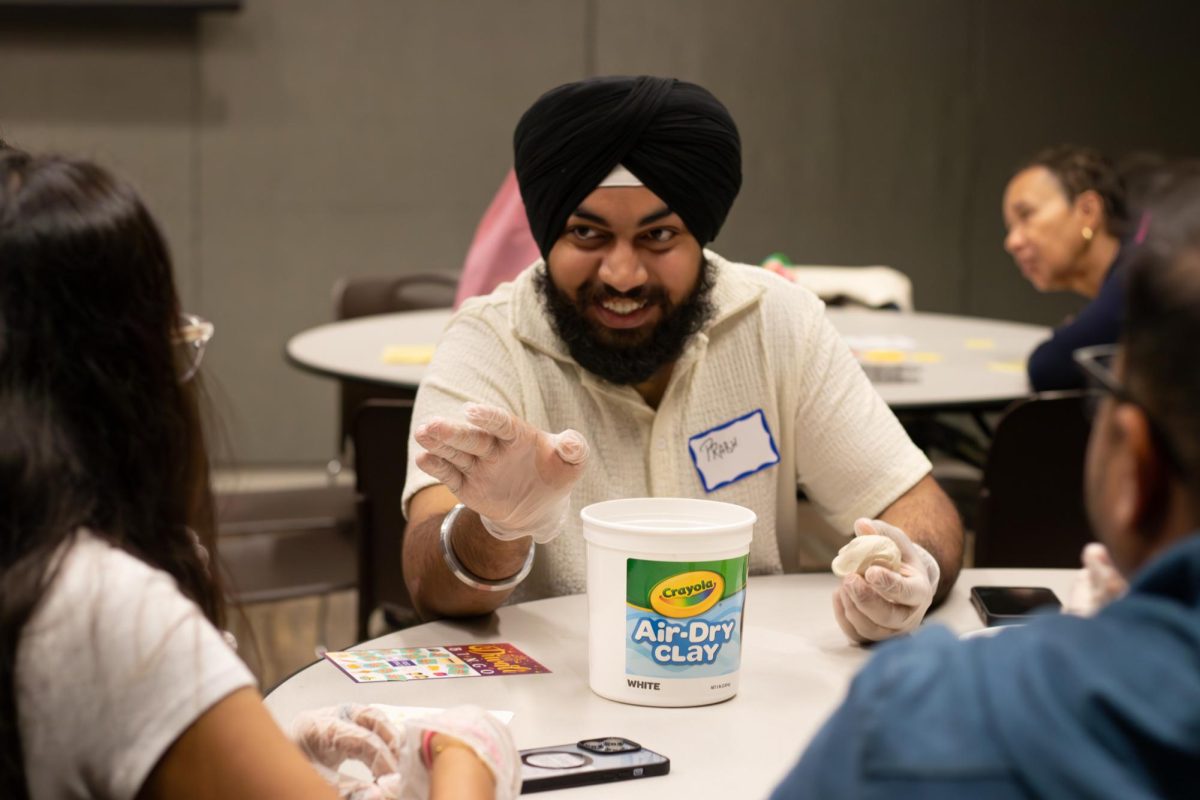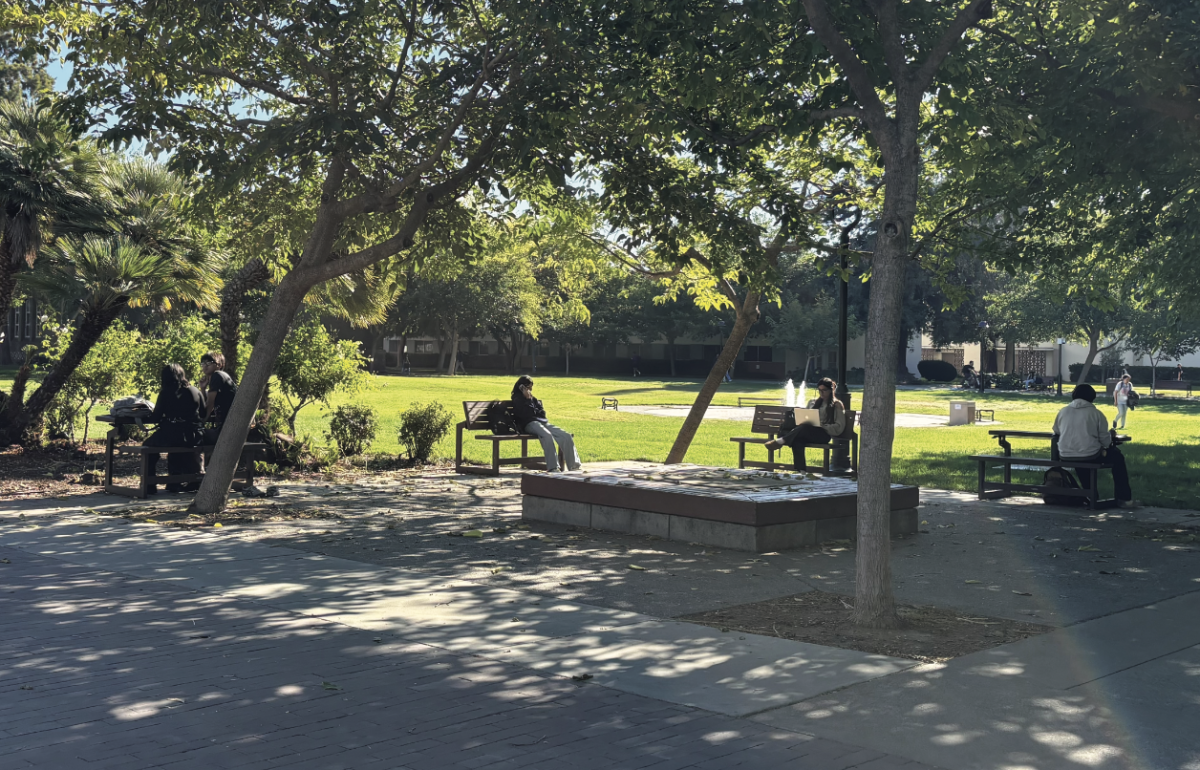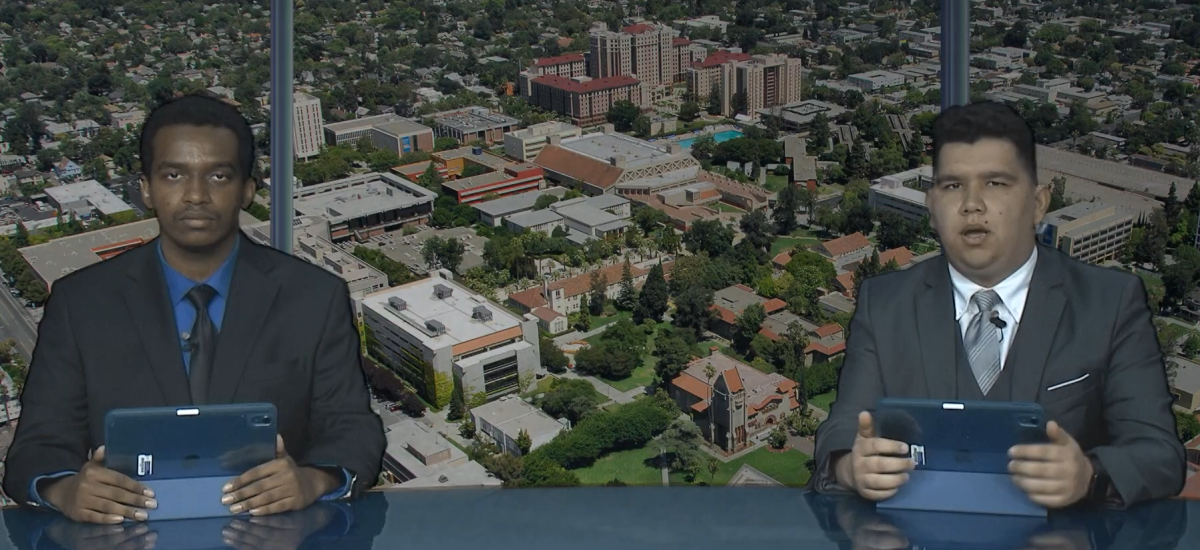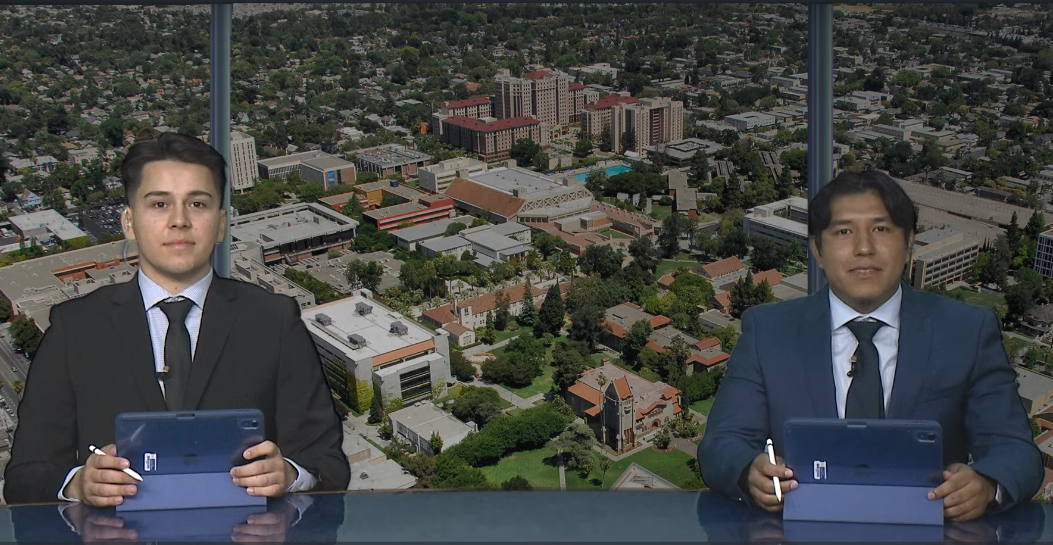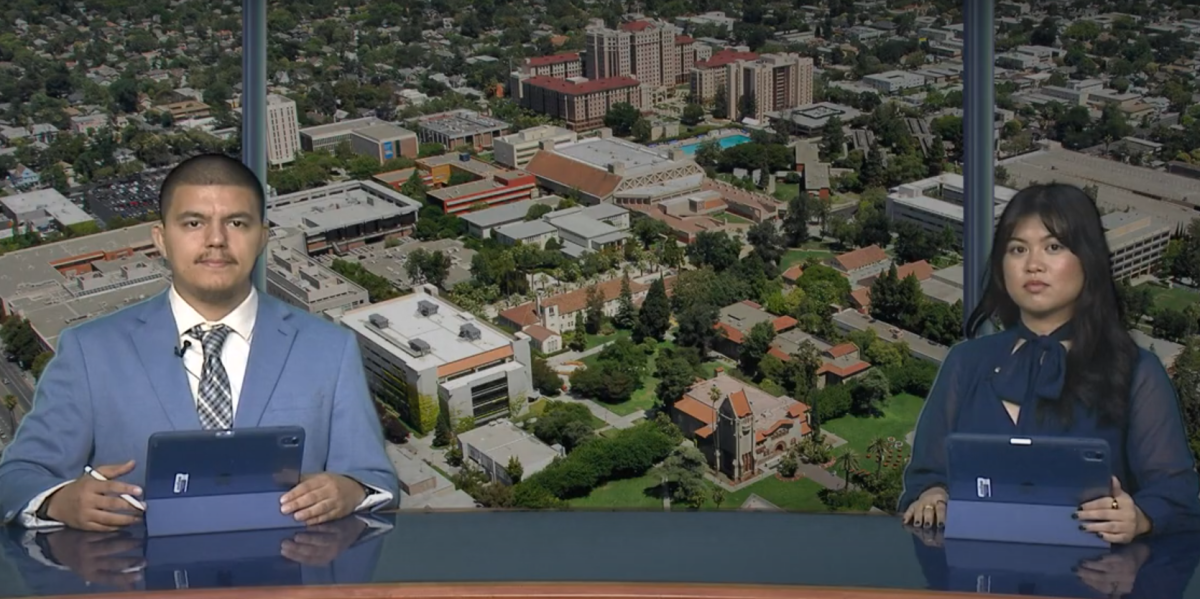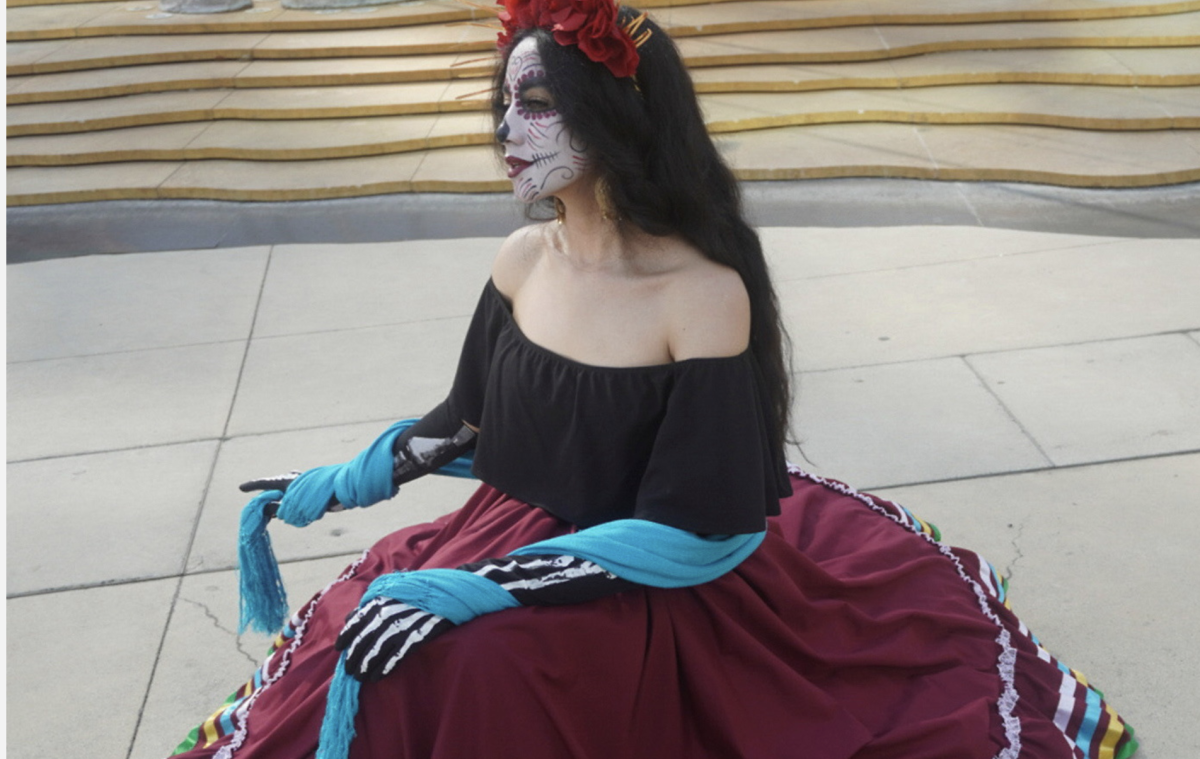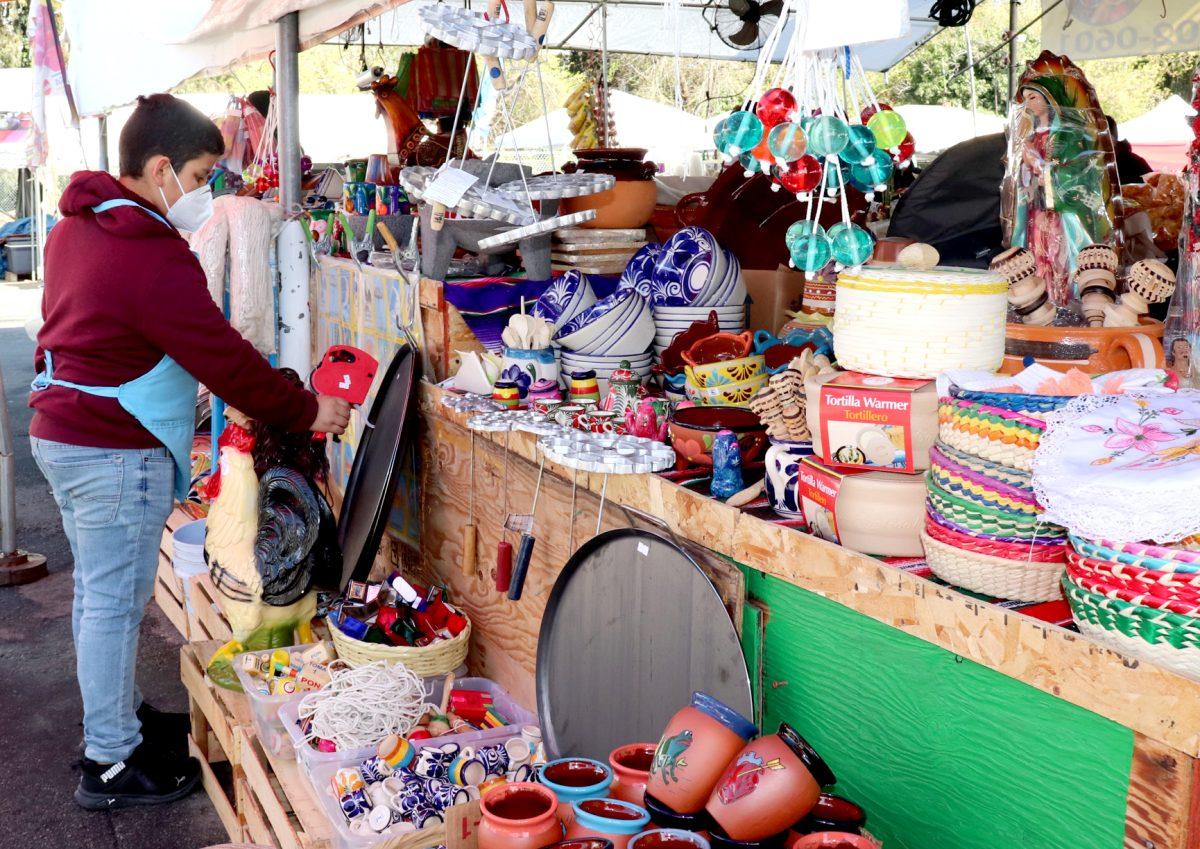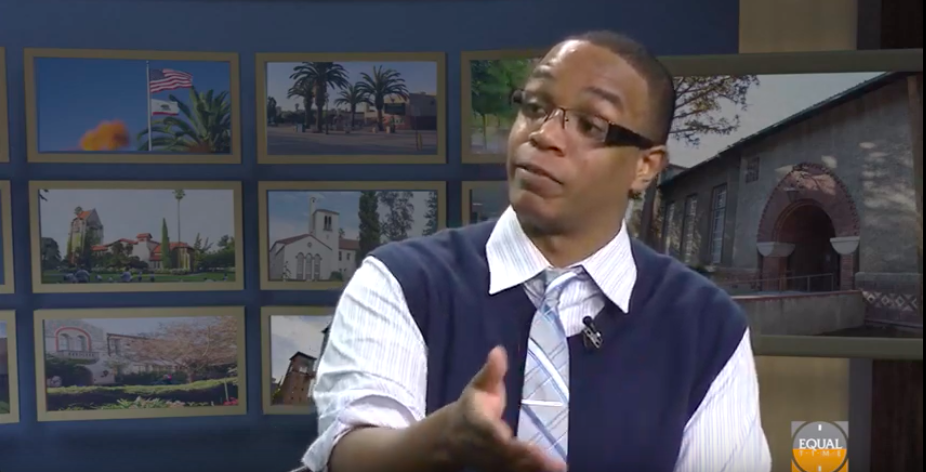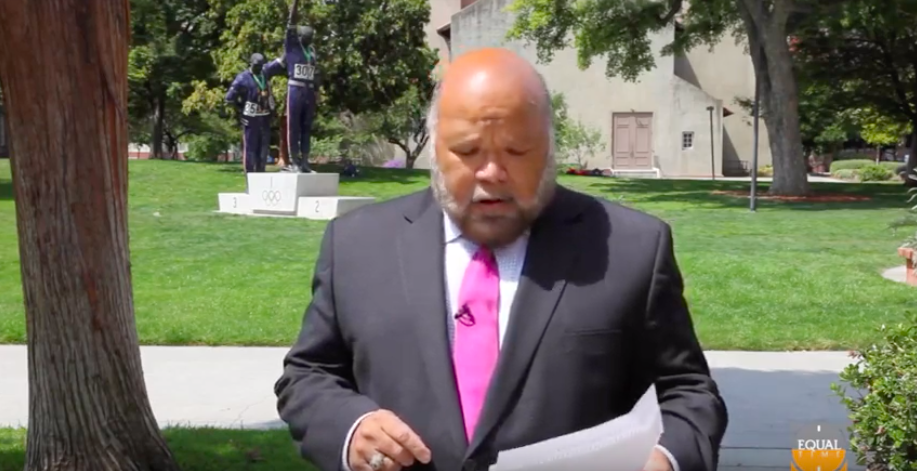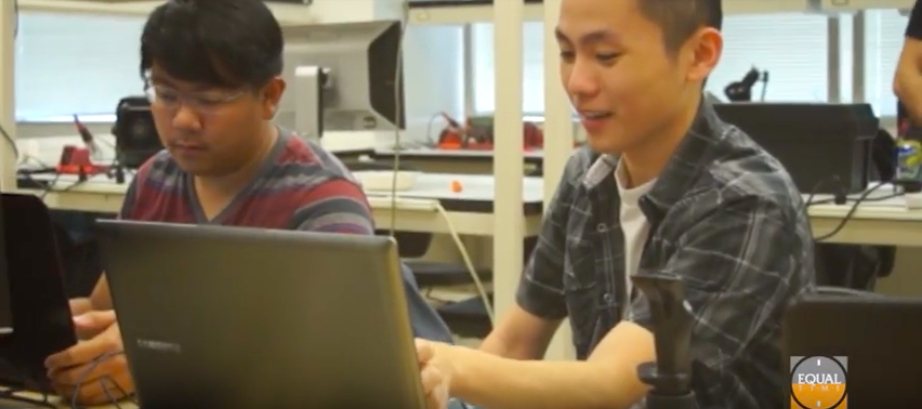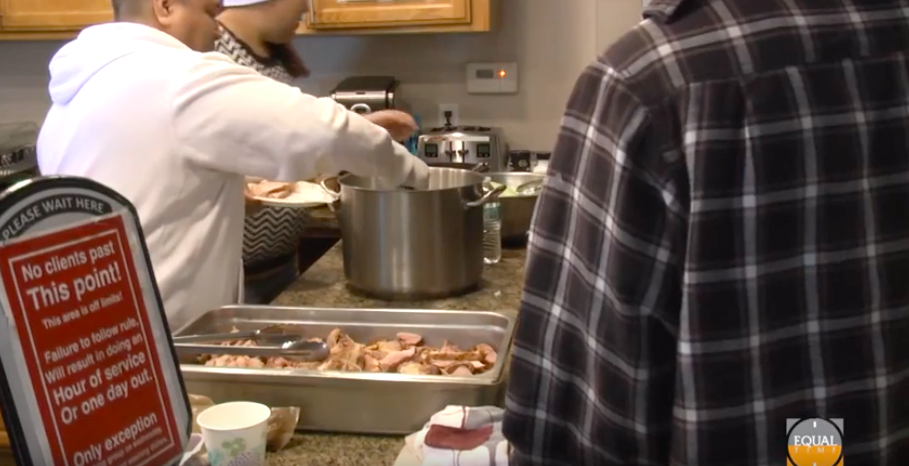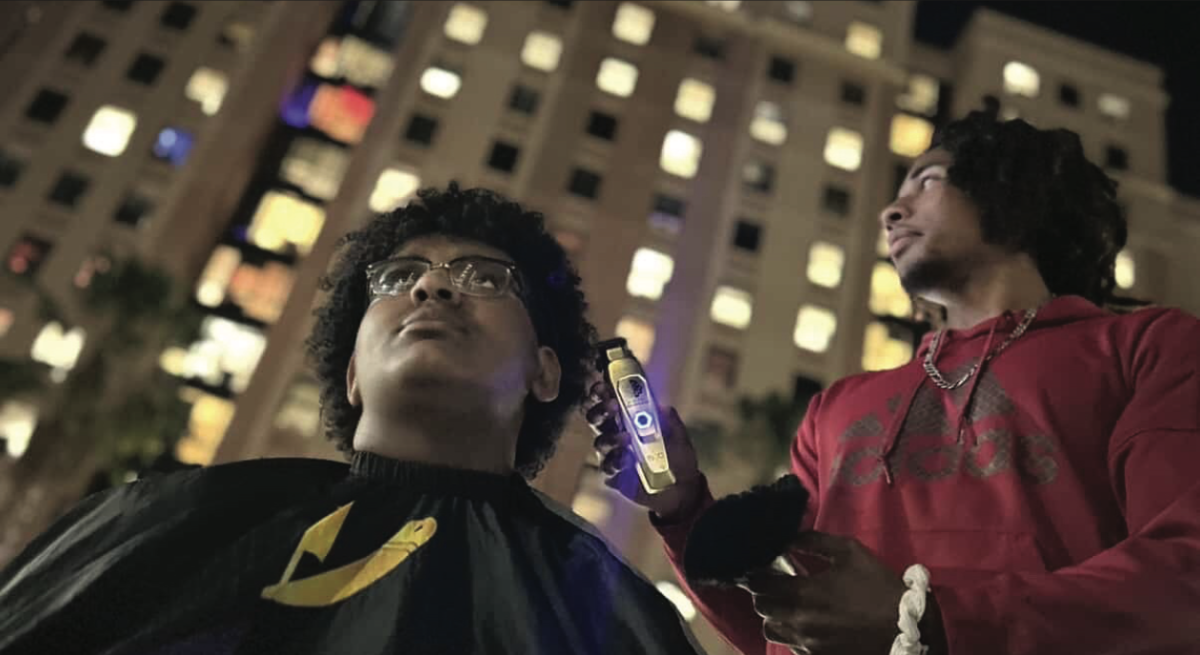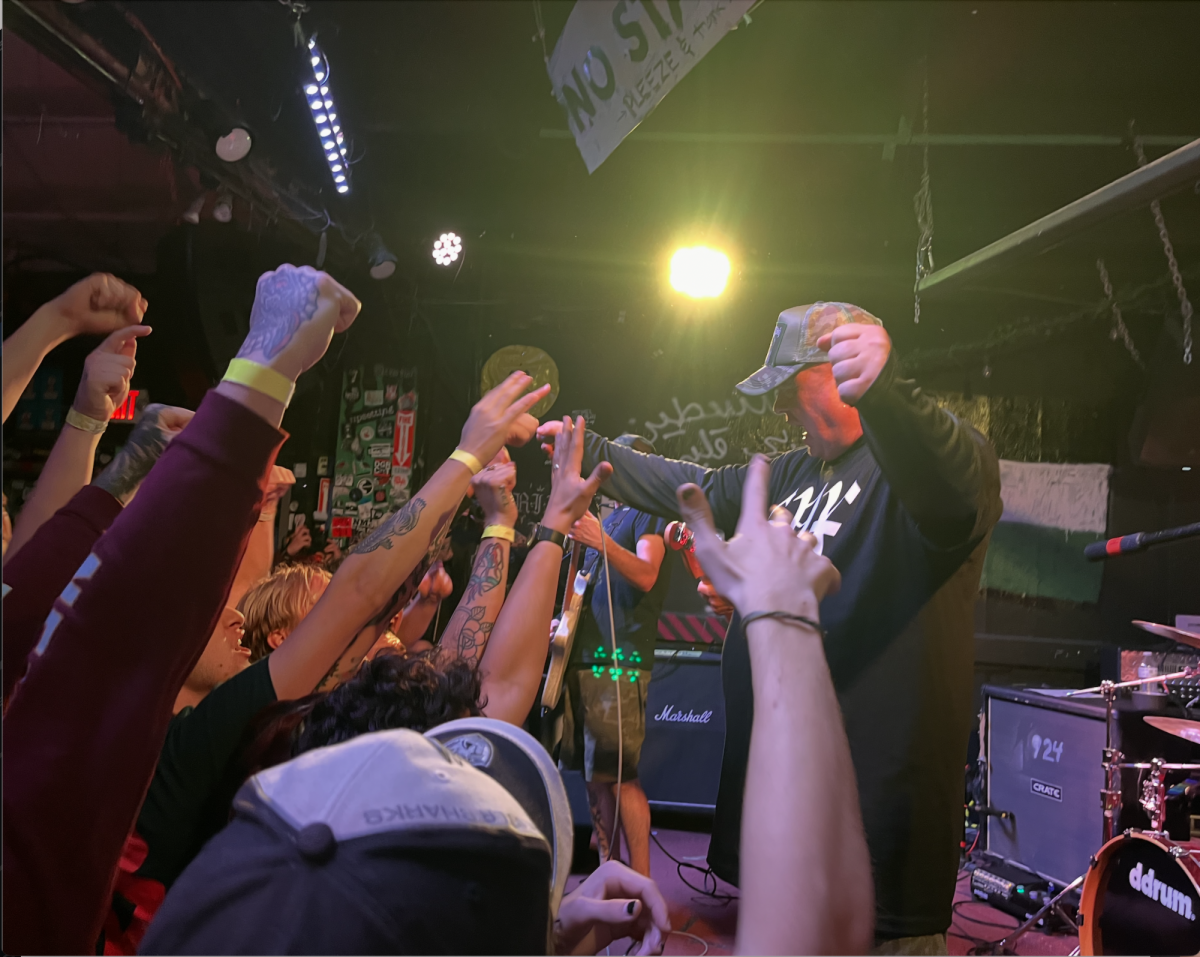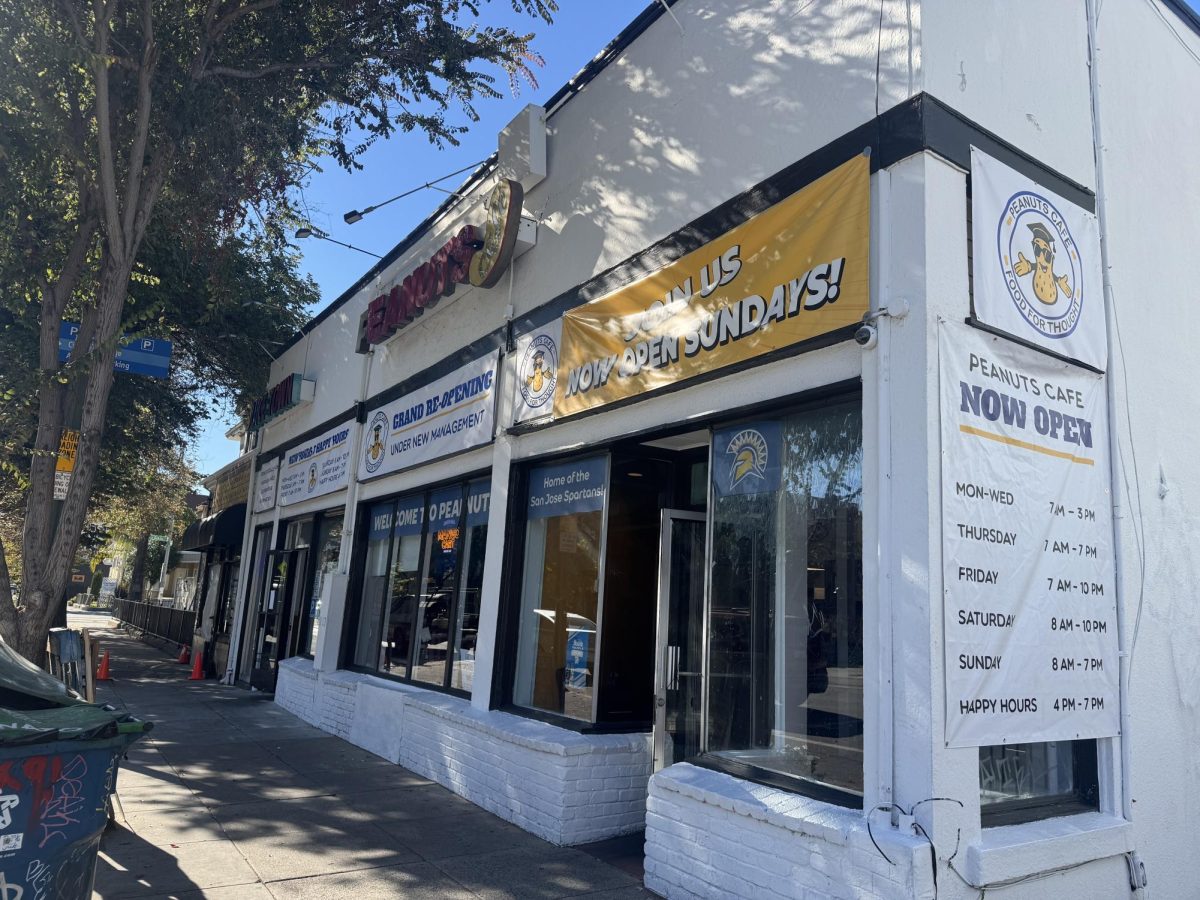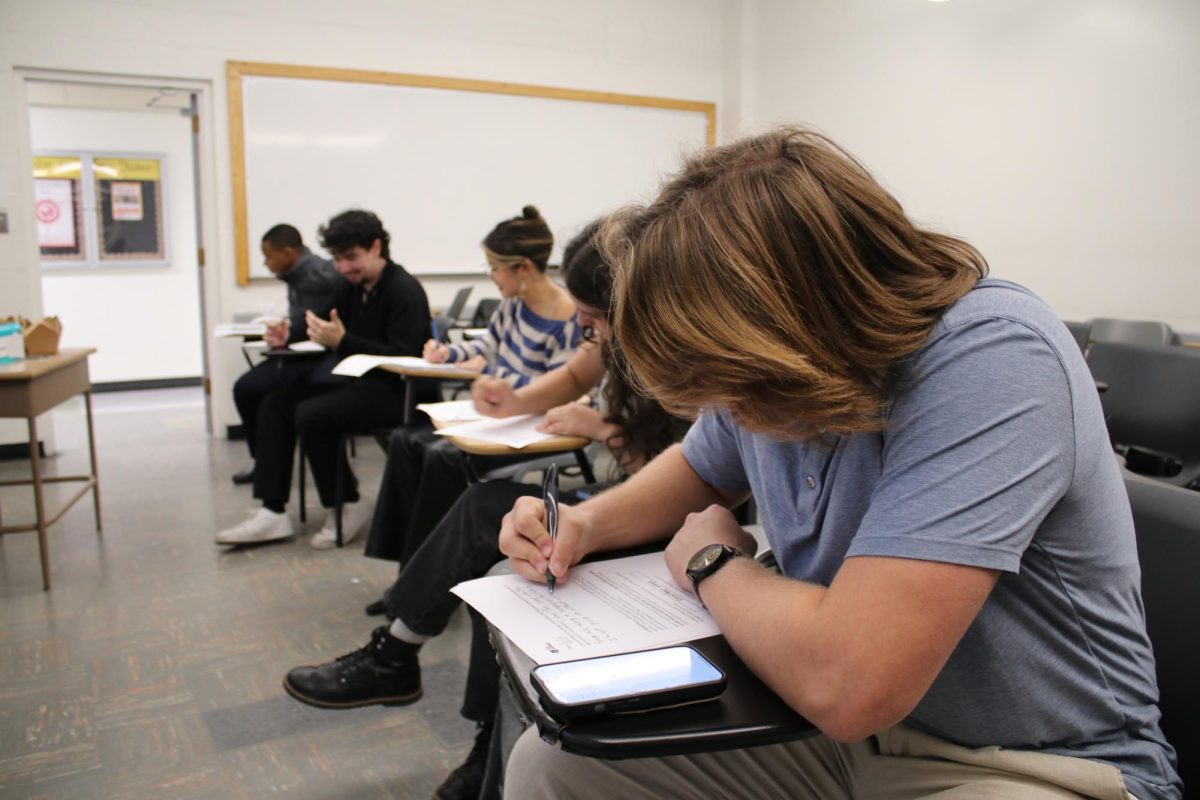San José State students juggle providing cosmetology services as side gigs while attending school.
34% of college students or recent graduates work a side gig to make extra money, according to a Jan. 29, 2024 article by Neighbor.
Aniyah Adderly-Cordy, a third-year dance student, is a self-taught braider and has worked braiding hair since her freshman year of college at jamsandstyles_ on Instagram.
“I do cosmetology as a side gig while balancing it with my on-campus job, school and other content creation-related gigs,” Adderly-Cordy said.
Braiding hair is rooted in Black history, originating from various tribes in Africa, according to an August 23, 2019 article from BET.
It was in the 1970s and 1980s that the Black Power Movement discouraged its followers from straightening their hair and encouraged Afrocentric styles, according to an August 2, 2023 article from Health Equity.
“Doing hair is not my only source of income or work,” Adderly-Cordy said. “Although it is hard and I don’t really get a break, the best part is knowing I have the skills to make people feel beautiful while also having a source of income as a college student.”
Adderly-Cordy said she went into cosmetology because she would do her own hair without having her mom have to pay for expensive hairstyles.
Cosmetology services can range from cutting hair, performing facials and manicuring nails, according to an article from California Board of Barbering and Cosmetology.
“I did my first style of knotless braids in my senior year of high school. I taught myself, then transferred my skills to doing other people’s hair freshman year of college,” Adderly-Cordy said.
Micro braids used to cost $150 to $200, now range from $400 to $600. The cost of getting braids done has increased due to several factors like inflation, skill level, demand, time commitment and product costs, according to a March 5 article from the Defender.
Katelyn Le, a second-year communications student, owns wistful.nails on Instagram and uses gel as her medium.
“I’ve always been more on the creative side, having most of my hobbies be arts and crafts related,” Le said. “With nails, I was completely self-taught just going based on practice and lots of TikTok reels.”
Gel nails are a popular alternative to regular nail polish and acrylics, using LEDs to cure the gel. They are often more long lasting to wear and have less damage than acrylics, according to a March 24 article by Beauty Fairy 7.
A gel manicure can range from $25 to $65 depending on the location and design, according to an article from StyleSeat.
“I mainly enjoy nails because I’m able to always do new designs, meet new people, and see people leave loving the results,” Le said. “I currently do it as a side business but I’d love to expand more for it to be my full time job.”
To become a full-time cosmetologist, barber, hair stylist or manicurist, you must complete a set of hours at a board-approved cosmetology school and the state board examinations, according to the California Board of Barbering and Cosmetology FAQ webpage.
Anaje McFarland, a full-time barber in San José, completed his barber program at KZ Academy in Milpitas.
“It’s like trade school, all barbering schools are separate from normal colleges,” McFarland said.
KZ Academy is a barber and cosmetology school in the San José area teaching students on how to cut hair, hairstyling, makeup application, nail care and nail design, according to the KZ Academy webpage.
“In order to get your barbers license, you have to get 1000 hours at your barber college to qualify to take the State Board licensing exam,” McFarland said.
For barbers, 1000 hours are needed to qualify to take the State Board examinations, according to the California Board of Barbering and Cosmetology FAQ webpage.
“The exam used to have two sections: a practical, physical hair cutting on a doll and a written part,” McFarland said.
As of Jan. 1, 2022, the practical exam is no longer required for all licenses, but candidates need to pass the written exam to become licensed, according to the California Board of Barbering and Cosmetology examination webpage.
“If you cut professionally without a license and a state board examiner comes and catches you, instant $1000 fine,” McFarland said.
Unlicensed cosmetologists could be cited for unlicensed activity and subject to a $1000 fine if caught working without a valid license, according to the same webpage.
Diego Castillo, a second-year business administration student, is a self-taught barber with four years of experience barbering hair.
“I enjoy many things but specifically my community and clientele. We are all really understandable,” Castillo said.
Barbering is a popular craft that emerged in the 19th and 20th century with barbershops as a social hub for men, according to an article from the Associated Barber College of San Diego.
The Bay Area has a deep culture with barber shops.
While barber shops are important in Black culture, it attracts everyone from all backgrounds, including Asian and Latino barbers, according to a Sept. 14, 2024 article from the Mercury News.
Bryanna Buchanan, is a hair care specialist and full-time business owner of BryBrySlays Beauty.
“My love of hair care and styling grew from a personal struggle with seeing the beauty in my own natural hair,” Buchanan said. “At first, like for many, transitioning from a relaxer was a painful process. But I learned and became more confident in my ability.
Buchanan had gotten her natural hair license in New York, where she founded her business in Brooklyn in 2020.
“I had to get my natural hair license, which was a 300 hour course,” Buchanan said. “The school did help me learn information but was not as hands-on as I would have liked.”
In order to get a natural hair styling license in New York, must complete a 300 hour course approved study and pass the New York written and practical exam, according to the official New York state website.
San José City College offers a curriculum that ranges in topics with hair coloring, styling, cutting, makeup and salon management, according to the SJCC webpage.
The program also teaches the importance of professionalism, chemistry, anatomy, physiology, sanitation and becoming familiarized with the rules and regulations of the Cosmetology Act, according to the same webpage.




